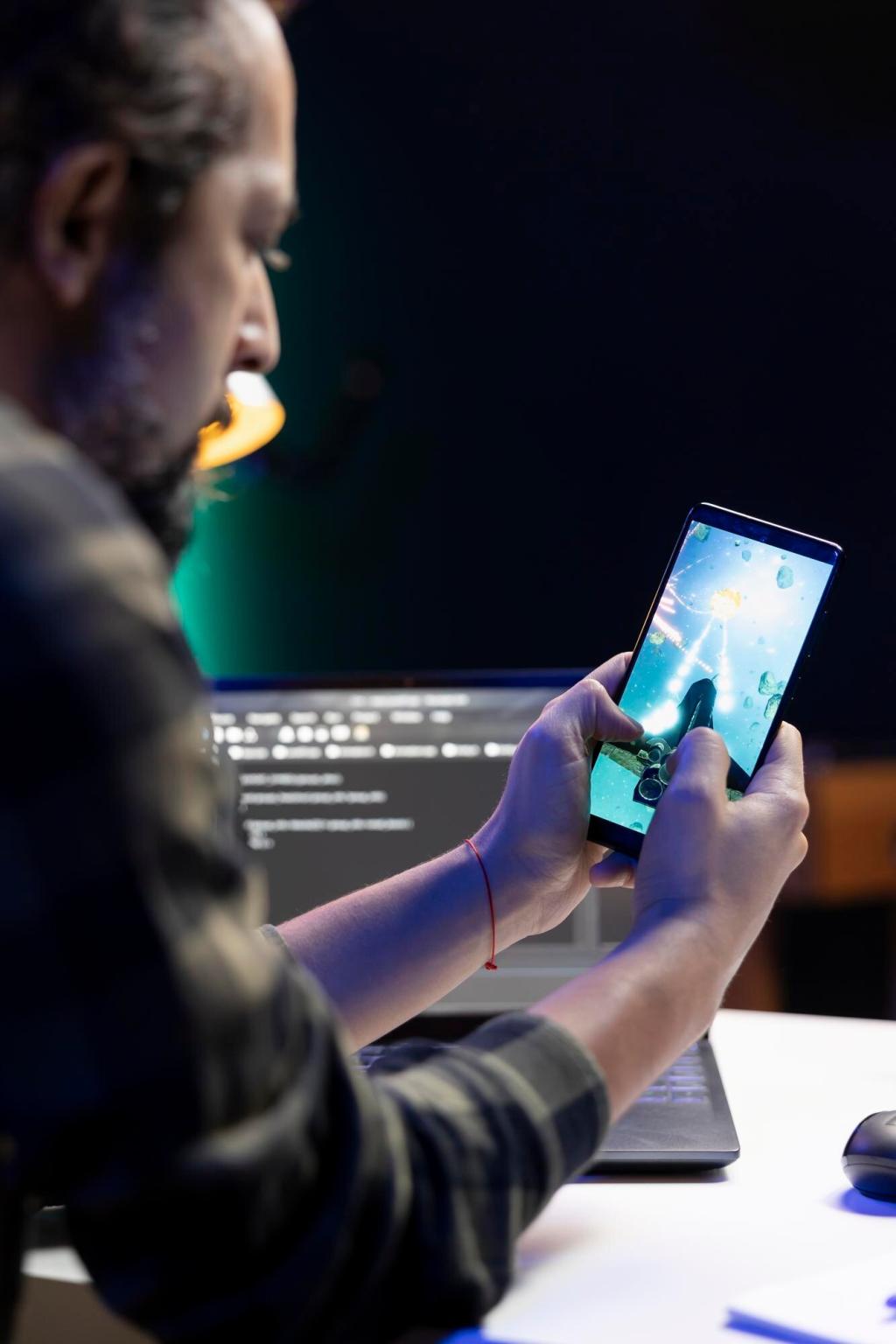Designing Maintainable, High-Value Test Suites
Automate sign-in, payments, onboarding, and synchronization flows that break often or affect many users. Use production incident data and analytics funnels to guide selection, focusing on scenarios where early detection materially improves user experience and business outcomes.
Designing Maintainable, High-Value Test Suites
Abstract screens and actions into reusable components. These patterns reduce duplication, simplify updates when UI changes, and enable readable tests that describe intent, not taps. Clear boundaries between locators and logic keep maintenance costs low over time.







